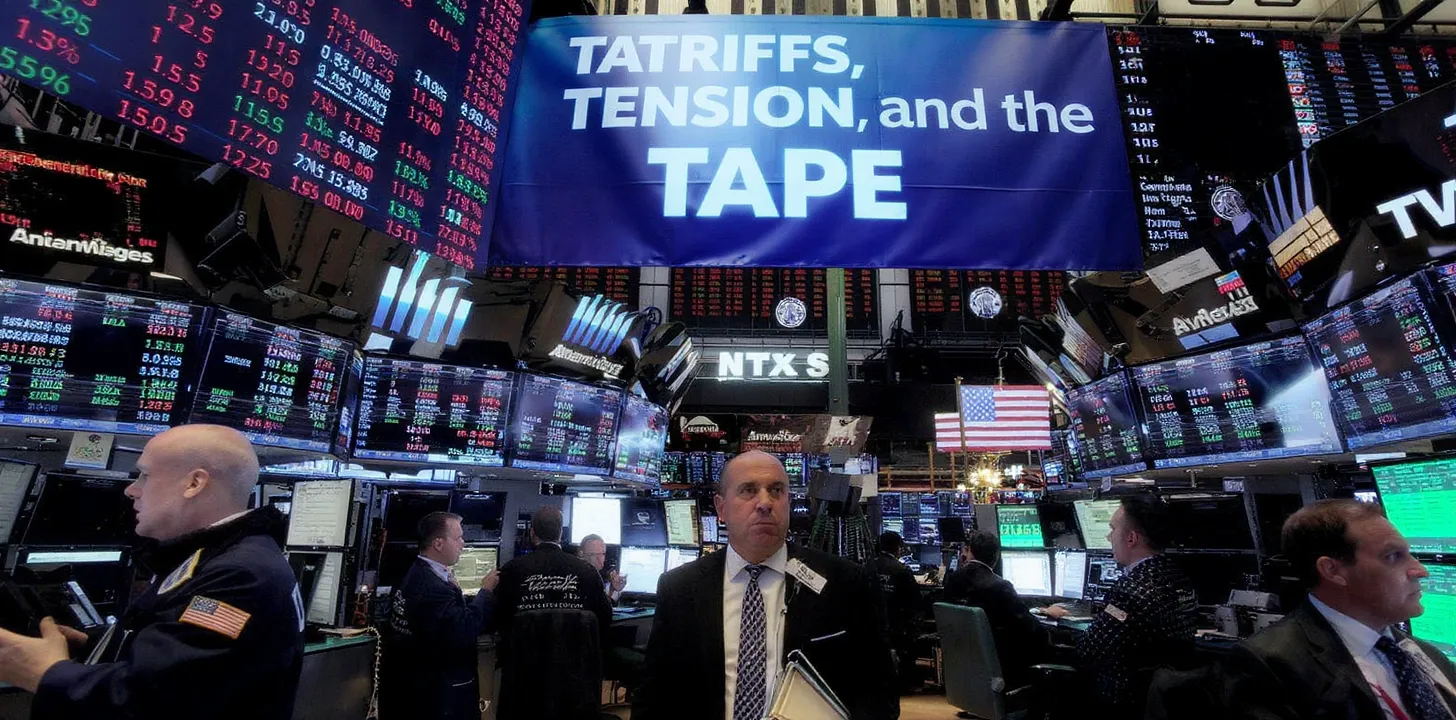Harnessing VWAP to Architect Intraday Alpha: A Quantitative Blueprint
Executive Summary
Volume-Weighted Average Price (VWAP) has graduated from a simple execution benchmark to a full-fledged design variable in modern intraday strategies. By anchoring trade timing to the market’s own volume profile, quants can minimise market impact, benchmark against peers, and even create predictive signals. This article decomposes the VWAP tool-chain—from data engineering to reinforcement-learning overlays—into a repeatable workflow you can adapt to equities, futures, or crypto.
1 VWAP Adoption
Recent surveys show that 72% of institutional traders now default to VWAP algorithms for low-urgency orders, highlighting its dominance over traditional IS (implementation-shortfall) algos.
2 Why VWAP Matters for Strategy Design
- Benchmarking & Slippage Control: Trading above (for sells) or below (for buys) VWAP is a clean measure of execution quality.
- Intraday Mean Reversion: Price excursions from VWAP often revert as volume normalises.
- Liquidity Forecasting: The day’s historical “volume curve” provides a probabilistic map of when liquidity will surface.
- Regulatory Acceptance: VWAP is a widely accepted best-execution benchmark.
3 Data Architecture: Building the Volume Curve
- Granularity: Use one-minute TAQ; tick data optional but enables micro-VWAP.
- Cleaning: Filter out odd-lots, off-exchange blocks, outliers.
- Curve Construction: Compute cumulative volume % by minute and store 60-day medians.
- Feature Store: Maintain VWAP-related features, including z-scores and differentials.
4 Baseline Implementation: A Step-by-Step Recipe
- Order Slicing: Allocate shares proportional to expected %-of-day volume.
- Passive Posting: Post at bid/ask; cross spread only if behind schedule.
- Schedule Drift: Adjust when realised volume deviates from forecast.
- Throttle: Pause if price deviates >σ from VWAP to avoid adverse selection.
- Close-Out Logic: Force-fill near close to ensure completion.
5 Advanced Enhancements
- Global VWAP: Aggregate volume across venues to avoid fragmented bias.
- Reinforcement Learning Overlay: Deep RL agents optimize VWAP objectives without volume curve prediction.
- Dual-Level Adaptation: Hierarchical RL narrows shortfall by 5–10 bps in back-tests.
6 Risk Management & Compliance
- Information Leakage: Randomize venue and slice size.
- Price Impact Model: Use nonlinear models calibrated with β ≈ 0.6.
- T+1 Scorecard: Report VWAP slippage, participation, and market impact.
7 Case Study: Crypto Execution
A $5M ETH order executed via global VWAP beat single-venue cost by 7 bps, largely by reducing spread-crossing post-Asia session. Data API: Amberdata Global VWAP/TWAP.
8 Common Pitfalls
- Static Volume Curves: Fail on macro days; update intraday via Bayesian shrinkage.
- Hidden Liquidity: Midpoint fills distort VWAP if not in execution scope.
- Auction Blind Spot: Auctions can account for >10% daily volume—plan accordingly.
9 Future Directions
- Hybrid VWAP–Mid-Peg: Early lit, late midpoint.
- Latency-Aware VWAP: Use sub-100 ms micro-batching for HFT desks.
- ESG Metrics: Add carbon-cost tracking for sustainability-aware strategies.
Conclusion
VWAP is more than a performance yardstick; it is a design grammar for execution-sensitive trading systems. With the right mix of data, adaptation, and AI overlays, it evolves into an active alpha-preserving engine across asset classes.



